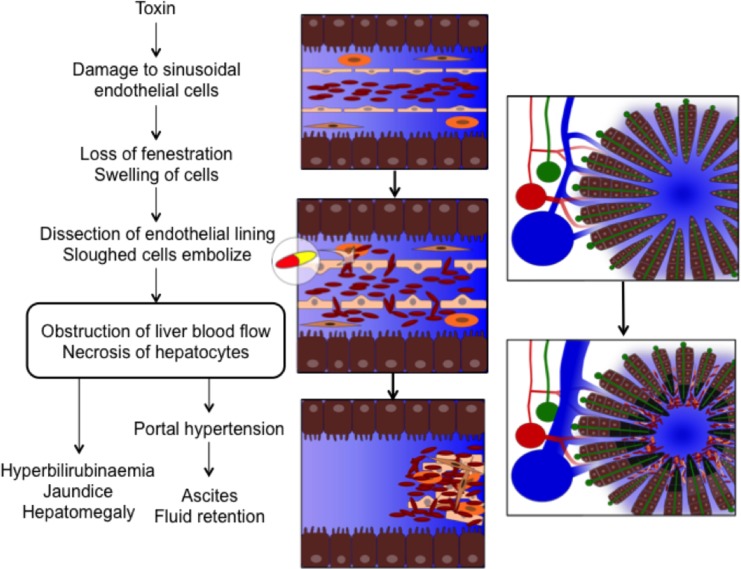Fig 1. The pathophysiology of sinusoidal obstruction syndrome.
The presumed pathophysiological mechanism underlying sinusoidal obstruction syndrome is a drug-mediated damage to sinusoidal endothelial cells, causing swelling and loss of fenestration. This allows red blood cells to enter the space of Disse and dissect off the endothelial lining. The sloughed off cells embolise downstream and cause obstruction of the hepatic microcirculation and consequently hepatocellular necrosis. [7] These pathophysiological changes lead to the clinical symptoms: jaundice, tender hepatomegaly, ascites and fluid retention. Figure by Linea Natalie Toksvang.

